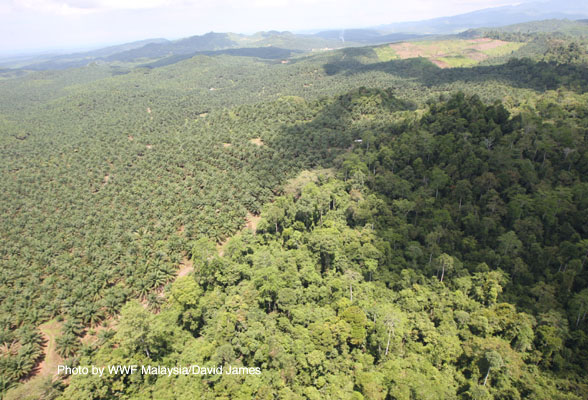
According to historical records spanning the 19th and 20th Centuries, Bornean rhinos have never been especially numerous. However, in the past few decades, their numbers have declined at an alarming rate due to poaching and habitat loss. The last confirmed Sumatran rhino was sighted in Sarawak several decades ago. In Sabah, it is estimated that fewer than 40 rhinos remain in the wild and in captivity. Of this number only a small percentage are breeding females living within potentially viable populations.
The profound threats to the Bornean rhino now are the fact that only a few fertile breeding adults are left, and the low likelihood of rhinos ever coming into contact with mates with which to reproduce. Critically low rhino numbers and an even smaller number of breeding females in viable sites make for a fatal combination for species survival. Unless something can be done immediately to address this dire situation, the drift to extinction is inevitable. Extinction could result from random deaths from sickness or poaching, and also be a consequence of inadequate breeding rates. In addition, without monitoring and intervention there could potentially be adverse effects of inbreeding.